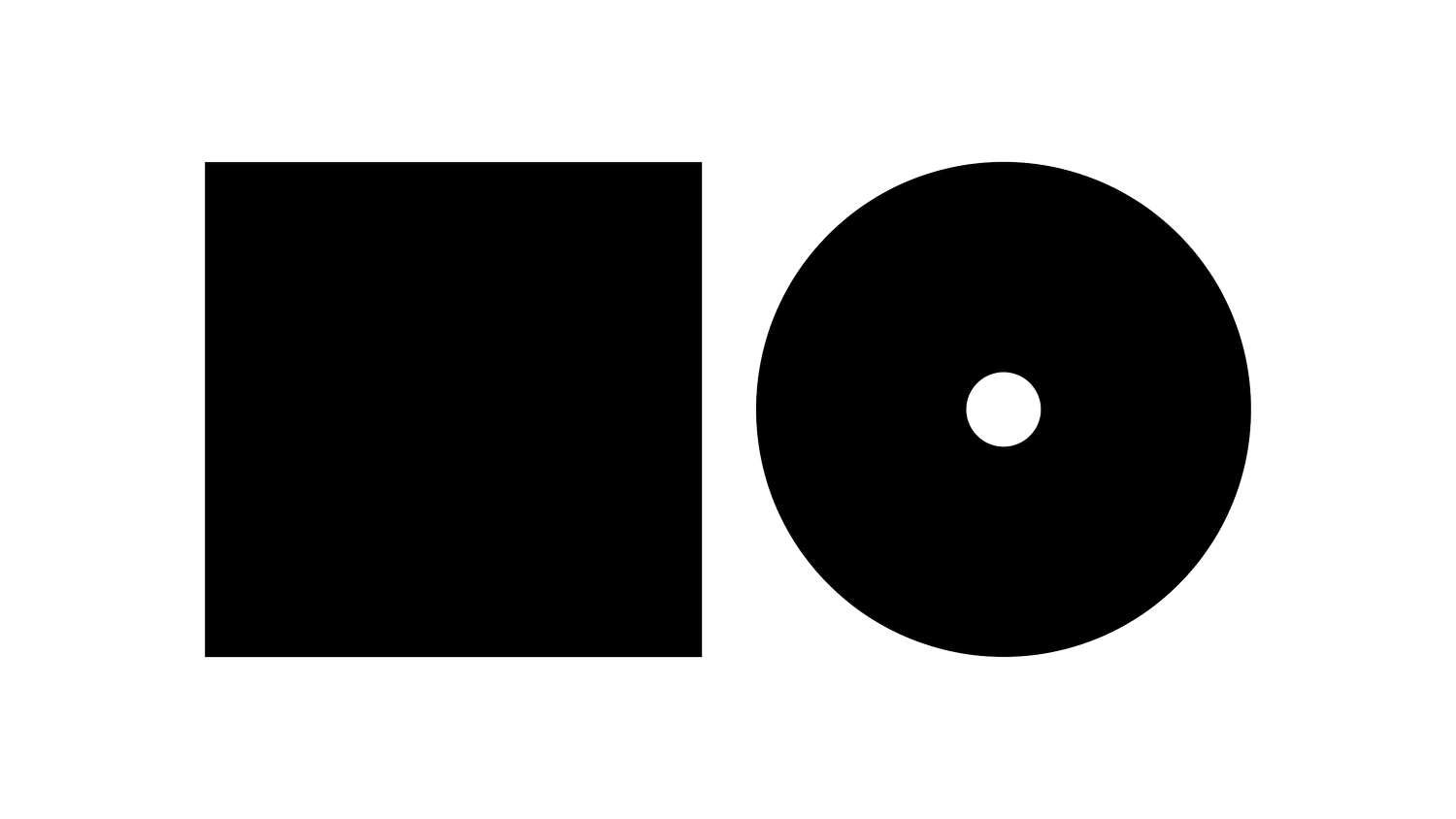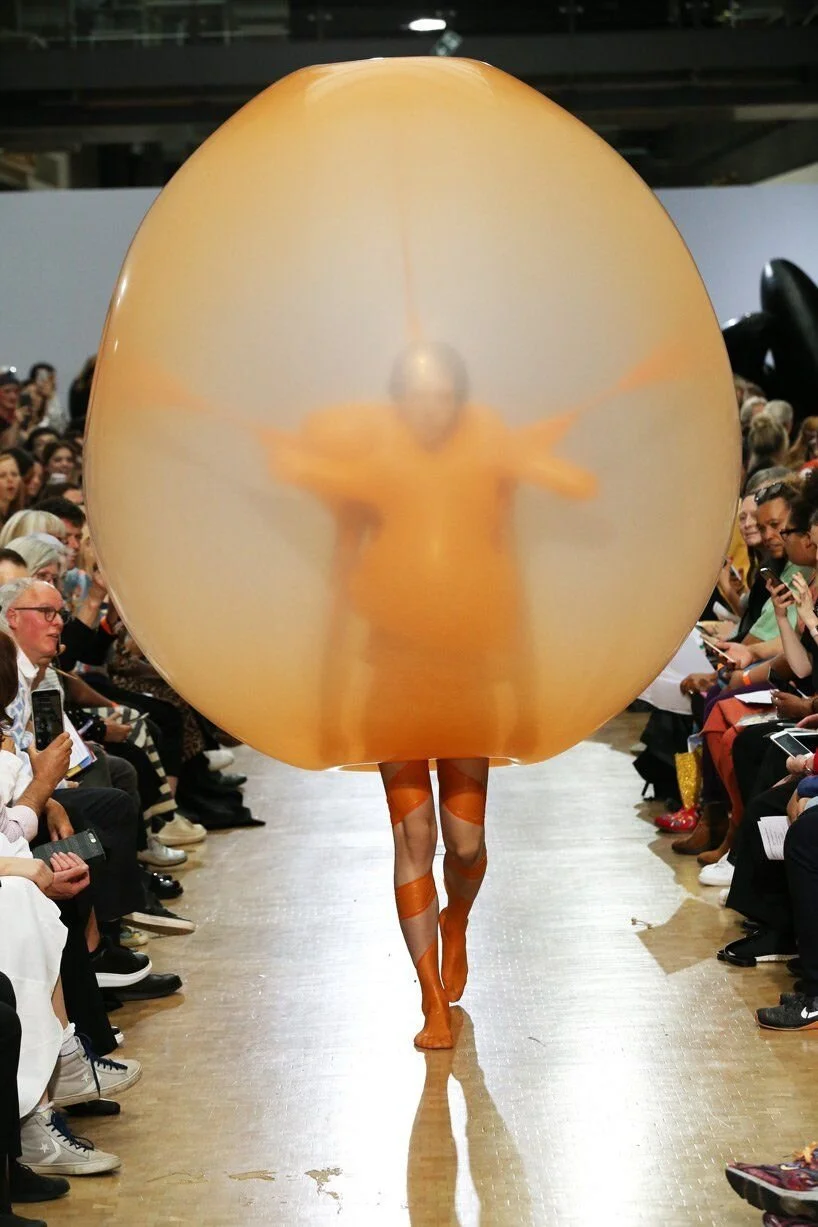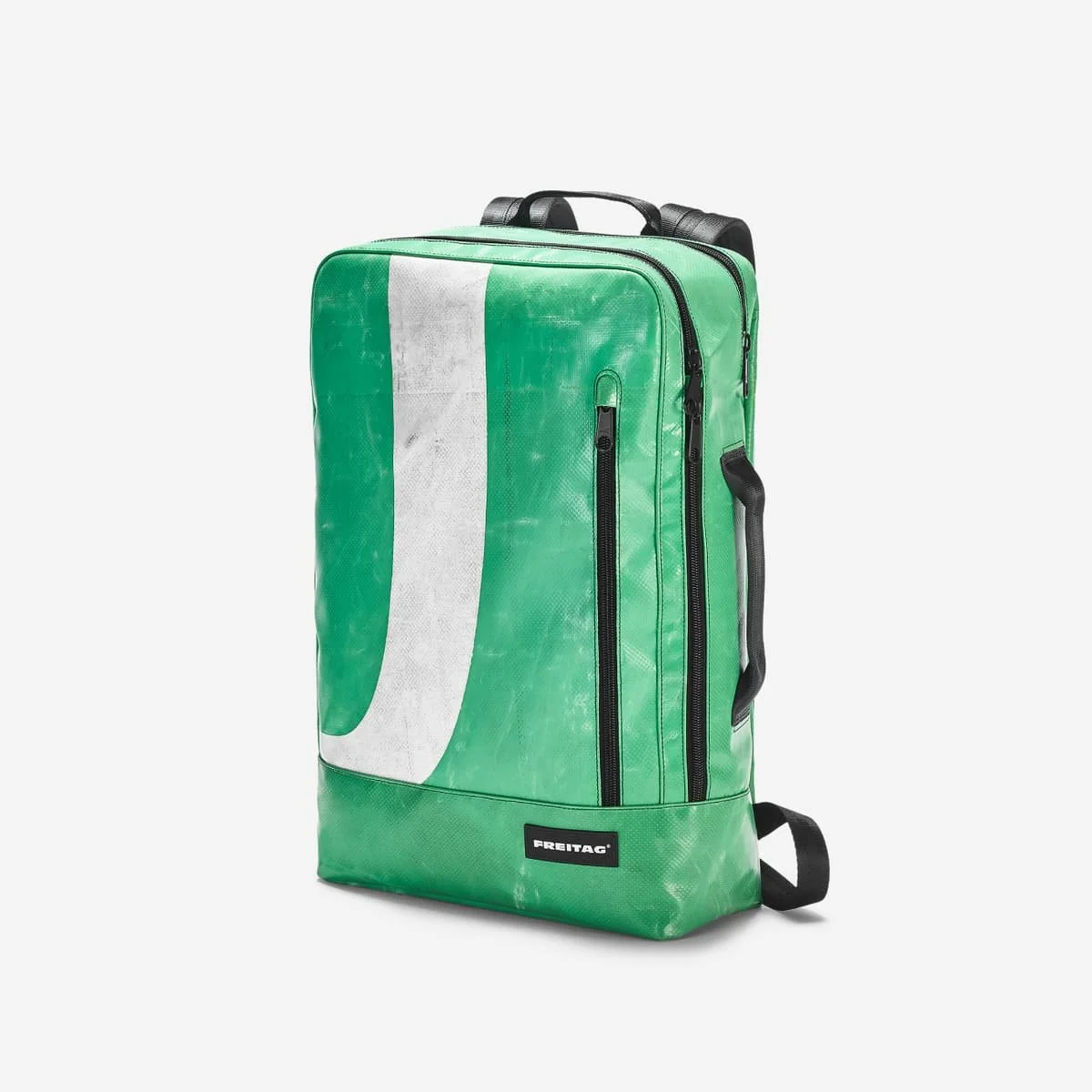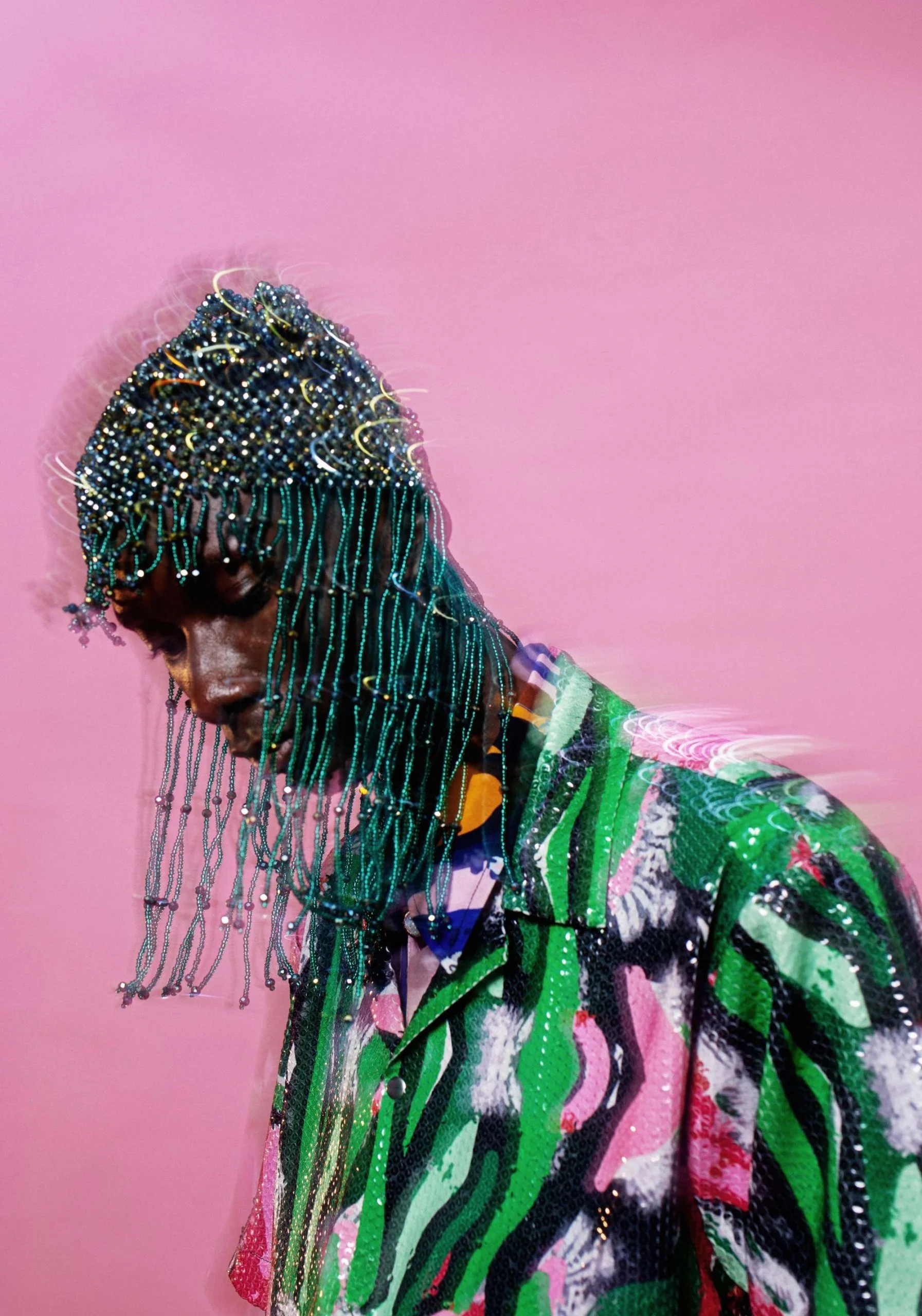P R O L E A R N
Fashion Revolution is a global movement founded in 2013 in response to the Rana Plaza disaster in Bangladesh. It campaigns for reform in the fashion industry, focusing on transparency, sustainability, and ethical practices.
Key Characteristics
Transparency Focus: Campaigns for greater transparency in fashion supply chains.
Consumer Engagement: Encourages consumers to question "Who Made My Clothes?"
Global Reach: Operates in over 75 countries worldwide.
Benefits and Impact
Increased Awareness: The #WhoMadeMyClothes campaign reached 533 million social media impressions in 2017.
Industry Change: The Fashion Transparency Index has influenced brands to disclose more about their supply chains.
Policy Influence: Contributed to strengthening the UK's Modern Slavery Act and EU legislation on due diligence.
Challenges and Considerations
Consumer Behavior Gap: While 69% want to know how clothes are made, only 19% actively try to buy environmentally responsible clothing.
Industry Resistance: Some brands are slow to adopt transparent and sustainable practices.
Balancing Activism and Collaboration: Maintaining a critical stance while working with industry partners.
Innovative Applications
Fashion Transparency Index: Annual ranking of brands based on their supply chain disclosures.
Digital Activism: Leveraging social media for global campaigns and education.
Fashion Open Studio: Showcasing and mentoring sustainable fashion designers.
Future Outlook
As consumer awareness grows, Fashion Revolution is likely to play an increasingly important role in shaping industry practices. We can expect more emphasis on circular economy principles, living wages for workers, and innovative sustainable materials in fashion.
Call to Action:
Evaluate your own fashion consumption habits and brand choices. Consider participating in Fashion Revolution campaigns and demanding greater transparency from your favourite brands. Explore ways to make your wardrobe more sustainable and ethical.










